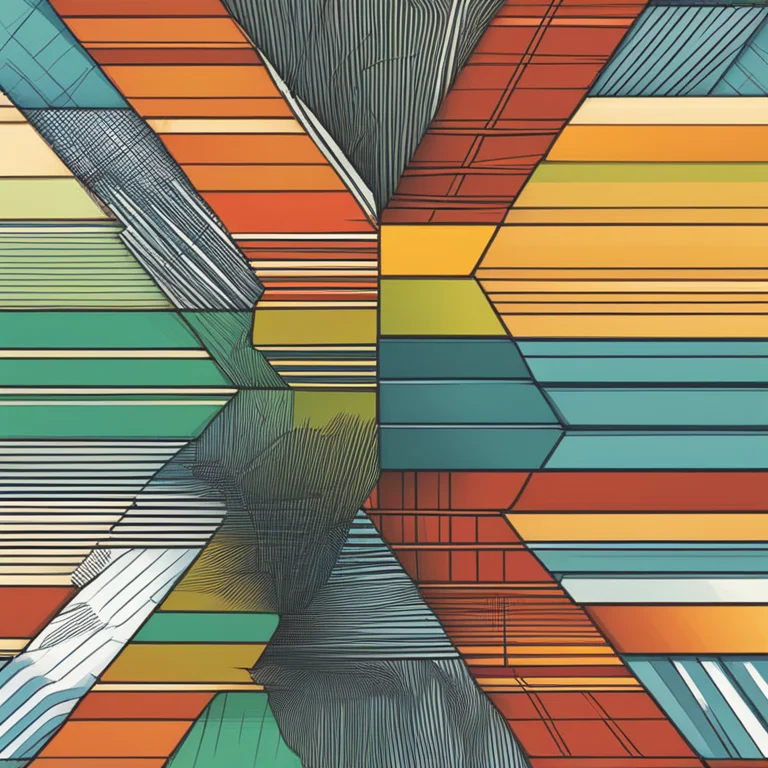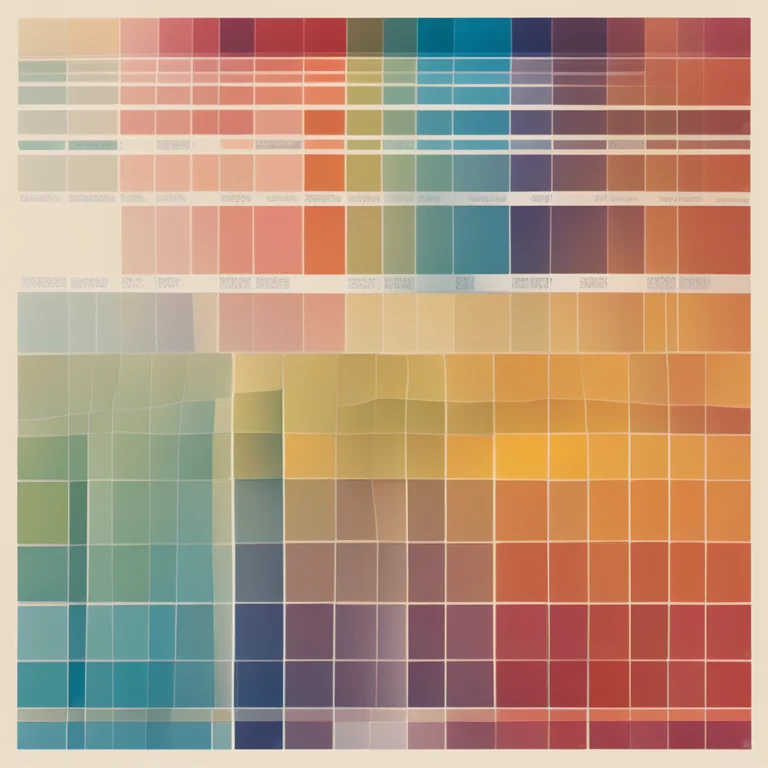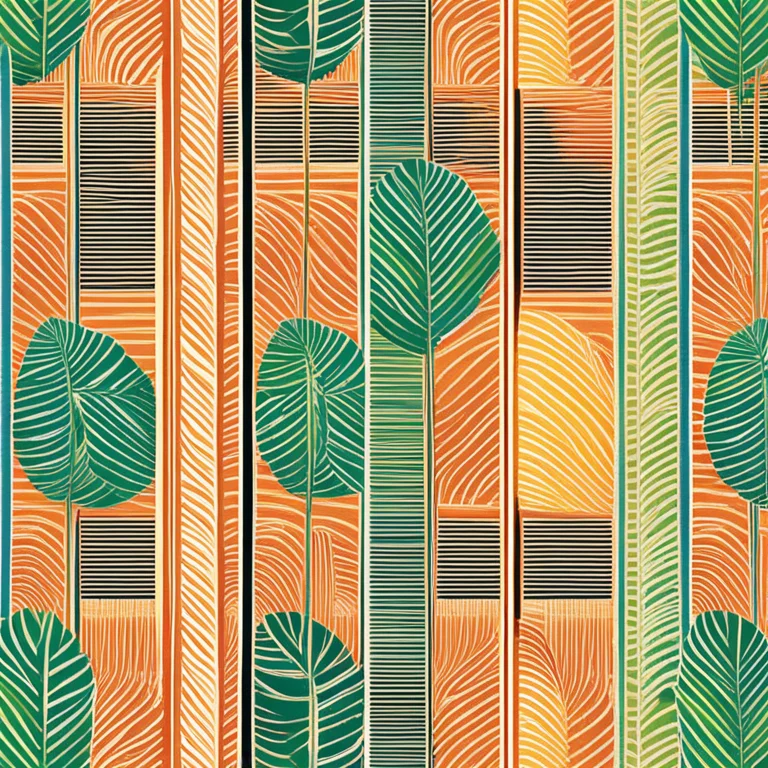
A Scientific Perspective of Palm Lines
Discover the scientific reasons behind the formation of palm lines, and how they relate to palmistry and personal traits.
article by Nora Pennington
Introduction to Palm Lines
The lines on the palms of our hands, or palmar flexion creases, have intrigued humanity for centuries, prompting a blend of scientific study and mystical interpretation. While palmistry interprets these lines as maps of character and destiny, science offers a more grounded explanation for their existence. In this article, we shall delve into the biological and genetic factors that contribute to the palm lines we all carry, revealing their true origins and significance.

Biological Basis of Palm Lines
The formation of palm lines begins early in embryonic development. These lines, medically referred to as flexion creases, are the result of repeated folding of the hand and the development of joints and muscles. As the fetus moves its hands, the developing skin molds into these lines, which serve to facilitate the hand's natural movement. They help in dividing the palm suitably so that hand flexion, such as clenching or bending, does not hamper the skin's integrity or cause it to stretch uncomfortably.

Genetics and Palm Line Patterns
One would be remiss to overlook the genetic component in the patterns that palm lines form. Genetics play a significant role in the specifics of each person's palm patterns. While the general presence of palm lines is universal, the exact lines and their configurations vary greatly from one person to another—this is partly attributable to inherited genetic factors. Studies have identified several genes potentially influencing the patterns, although the full genomic landscape is complex and not entirely deciphered.

Palmar Flexion Creases and Health
Research has also indicated that certain palm line configurations may correspond with specific medical conditions, hinting at a diagnostic use for palm lines in medicine. This has led to a closer examination of palmar creases for signals of chromosomal or developmental disorders. For instance, a single transverse palmar crease, commonly known as a "simian crease," is sometimes associated with disorders such as Down syndrome, although its presence does not necessarily indicate any health issues.

Evolutionary Significance
From an evolutionary perspective, palm lines can be seen as adaptations that have helped the human hand to grasp and manipulate objects with dexterity. These lines enhance the structural resilience of our palms, particularly as our ancestors engaged in more detailed tasks requiring fine motor skills. There's no evidence to support palm lines as indicators of personality traits or future occurrences—nevertheless, they serve as an excellent example of the human body's functional evolution.
Cultural and Mystical Dimensions
Despite scientific explanations for the formation of palm lines, many cultures continue to imbue them with mystical significance. Palmistry, the practice of reading these lines, dates back to ancient times and is still prevalent in various cultures around the world. Practitioners believe that palm lines can reveal much about a person's attributes, life choices, and future events, though these interpretations remain the subject of belief rather than empirical knowledge.
Final Thoughts
In conclusion, while palmistry offers a more esoteric view on the significance of palm lines, science attributes their existence to practical functions related to fetal development, genetics, and physical ergonomics. Understanding the origins of palm lines bridges the gap between a natural human curiosity and the scientific inquiry that defines our desire to understand the world around us. The study of palm lines thus becomes a fascinating intersection of science, history, and culture.
Published: 1/10/2024
Modified: 1/10/2024
More predictions
Come back here soon to learn more about yourself and your future


Palm Reading Guide: Basics and Insights
Delve into the art of palmistry with this essential guide to reading palms, revealing secrets to personality and destiny through the lines on your hand.


Guide to Palmistry: Interpreting Your Palm Lines
Discover the ancient art of palmistry with our comprehensive guide to reading and interpreting the lines on your palms.


The Art of Hand Analysis
Discover the insights of palmistry through our article on hand analysis – your guide to the lines and shapes that reveal life's secrets.